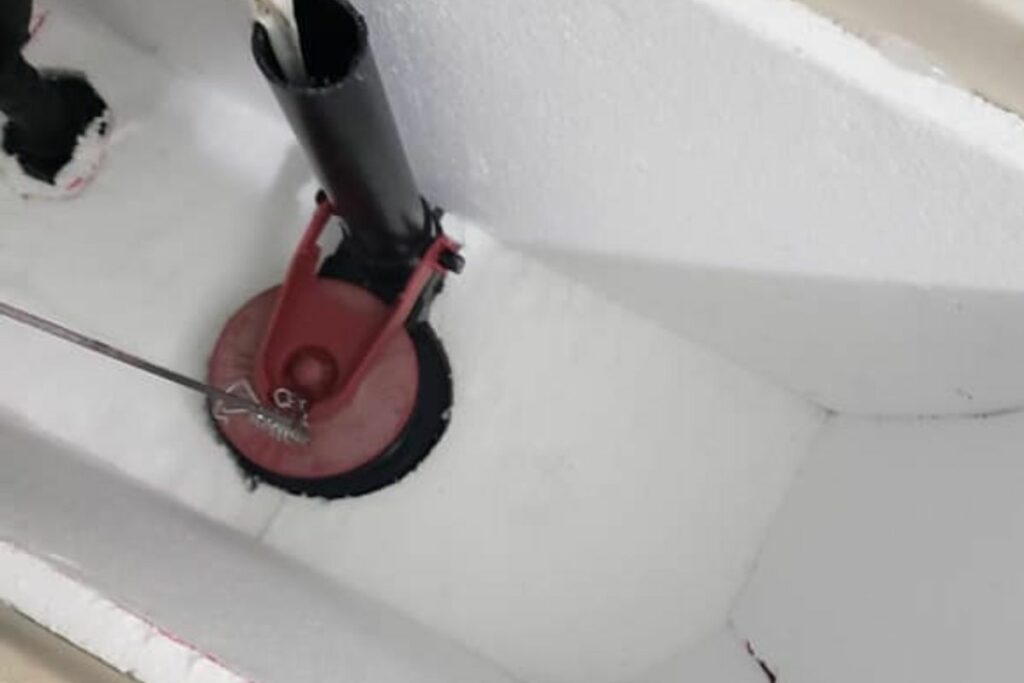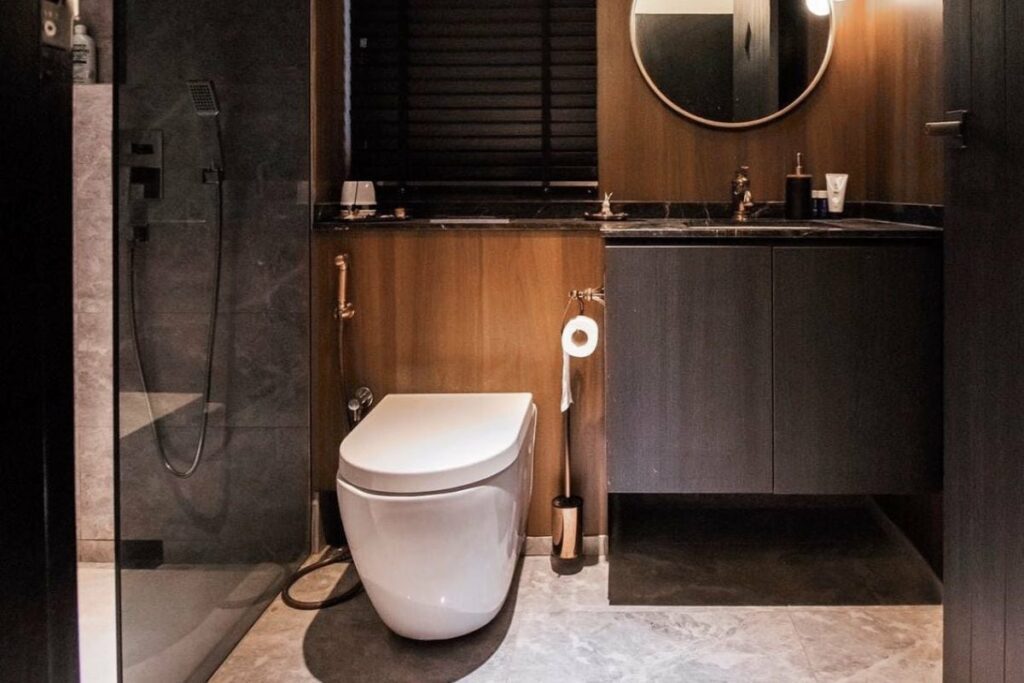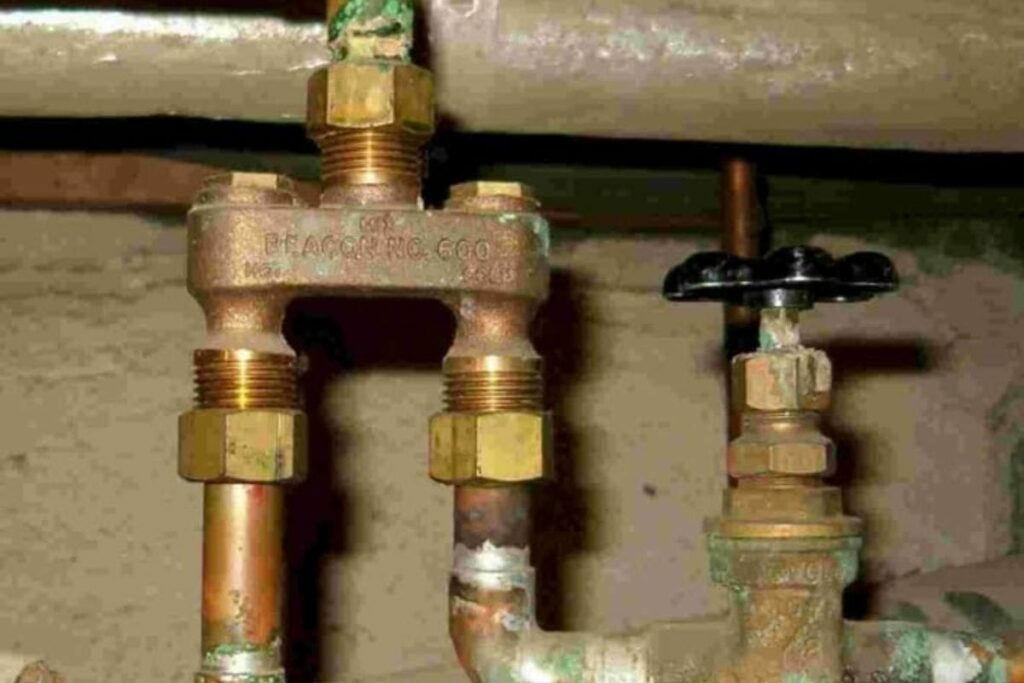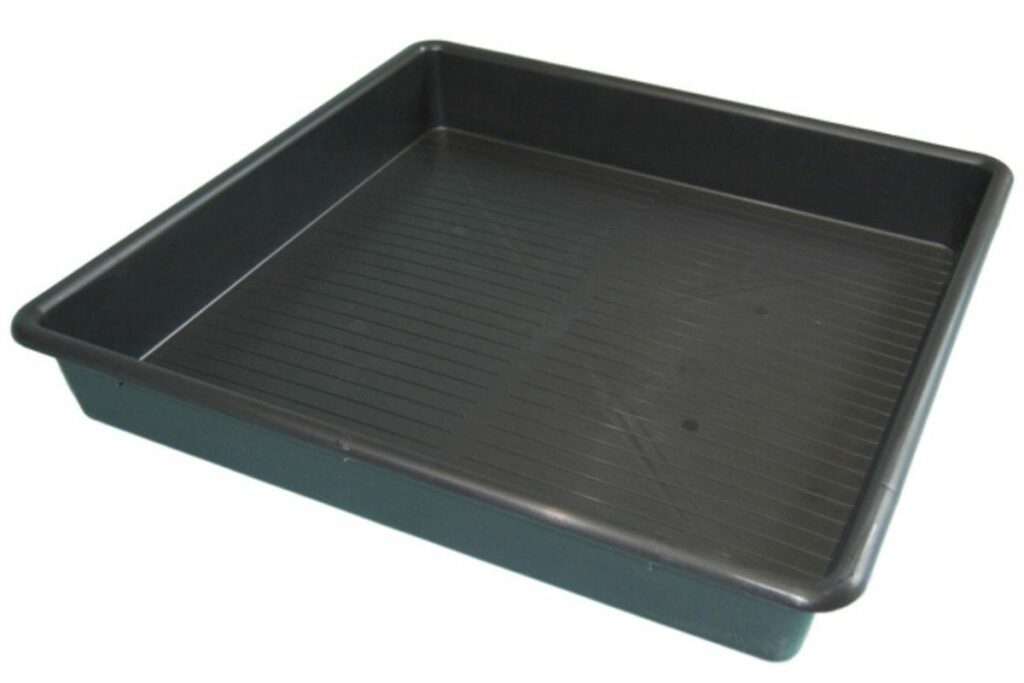It’s not common to find yourself in a predicament when dealing with toilet sweat. Do you wipe it off, adjust the air conditioning, open the windows, and wait for it to drip? Some situations are peculiar and raise curiosity.
Why does my toilet sweat? Because of the change in temperature between the toilet tank and the atmosphere in the room. It often happens when the temperatures are hot, leading to water in the tank condensing and eventually sweating.
Well, it’s not an emergency. However, there are long-term ramifications to avoid. This article intends to expound on the consequences and ways to deal with them.
Why Does My Toilet Sweat?
Like our bodies’ heat reactions, temperature changes also impact toilets.
If you enjoy a cold drink on a hot day, you’ll notice water dripping from your glass or bottle. The same situation happens to your toilets, which receive cold water through the drainage system inside the walls.
The humid atmosphere in the toilet room resulted in the water inside the tanks condensing and coming out as droplets on the porcelain. This can be caused by the weather or after a hot shower.
There are various ways to manage this situation, some of which you can do yourself. Therefore, let’s get started on ways to fix your seat toilet.
How to Control My Toilet From Sweating?
Firstly, there are simple and cheap ways which you can manage with minimum help.
Insulate the Toilet

You have the option of buying insulation or using available materials.
Requirements
- Insulator
- Aluminum tape /adhesive
- Blade
- Measuring tape
Procedure
- Close the main water supply to the toilet.
- Flash the toilet
- Open the cover and sponge dry the tank.
- Measure the dimensions of your toilet tank, beginning with the bottom and going through the sides.
- Cut the insulator according to measurement- leave little room for adjustments.
- Cut holes precisely as per your measurements.
- Place the bottom first, then apply adhesive all around.
- Cut and measure one sheet of the insulator to cover all the sides.
- Leave a U-shape for the handle.
- Apply adhesive while gently placing the insulator on the designated spots.
- Please leave it to dry before opening the water supply.
The insulation kits are readily available in most hardware stores. However, if you need an alternative, a rubber mat or a bumble wrap could do.
Control Moisture Level
Humidity control depends on your climatic conditions and the construction of your house. Moisture gets into your toilet in either of these ways.
- Air movement
- Diffusion through the walls
- Through basic house activities
Air Movement

This one is the most common way moisture circulates. It’s supported by open holes, cracks, or doors.
You’ll need to close these unwanted porous openings to avoid them for effective moisture control.
Diffusion Through the Walls
This happens when the walls allow moisture to transfer from room to room. However, most modern houses are constructed to reduce the diffusion of moisture to a large extent.
However, if your house allows moisture diffusion, you can insulate your walls.
Basic House Activities
Cooking, showering, and indoor clothes-hanging are some of the sources of moisture generators at home. Most bathrooms have a combined toilet and shower in the same room.
However, you can shield your bathroom from the toilet by having a shower enclosure. In addition, there are numerous benefits, including the aesthetic of your bathroom.
You can also change your habits, including showering when the weather is cold, cooking when it’s not hot, and changing your clothes’ drying spot.
Other technical ways include the following.
Installing an Anti-sweat Valve

This one increases the water temperature before it lands in your toilet tank. The valves are available in adjustable and preset modes. The recommendable anti-sweat valve is an adjustable one that allows you to switch it off when not in use.
By adding hot water to your toilet’s water line, these valves enhance the temperature within the toilet, heating the tank and bowl simultaneously.
An anti-sweat valve can stop condensation from forming in your bathroom and prevent more harm from happening since it balances the temperature between the toilet and the room.
It’s recommended to leave this task to a qualified plumber because it can be a more difficult one and involves some knowledge of plumbing.
Replace your Toilet
Modern toilets have self-insulation that prevents condensation. Unfortunately, it may seem costly, especially when fixing, but the overall benefits are enormous.
You’ll also save for the water usage since newer toilets require a minimum water quantity to flush- 1.6 gallons per flush.
The other option is to change the toilet tank, which will not be as expensive as replacing a toilet.
Use a Drip Tray

This is the advice that mainly helps you save on your floors. You can place a drip tray on the bathroom floor behind the toilet.
Even though your toilet will continue to sweat excessively, the floor won’t be damaged by dampness. Although regular tray emptying is required, we believe this is preferable to replacing the floor.
Change the Flapper Valve
You should also check the flapper valve at the tank’s base to determine whether it is leaking.
Condensation that accumulates on the toilet’s tank and other parts will only worsen as a result.
The water in the tank will eventually warm up to room temperature once the leak has been stopped.
As a result, condensation should form less frequently.
Conclusion
Toilet sweating is frequently dismissed as a small nuisance. Still, over time, the condensation that builds up on your toilet may lead to serious water damage as it drops into and under your bathroom flooring and down the exterior of the toilet. This water can damage the flooring and create a haven for dangerous mold and mildew.
You have options on how to manage this sweat. A plumber helps you, especially when installing an anti-sweat valve in the water supply line. Toilet perspiration can be significantly reduced or eliminated by a minor temperature increase.

Amos Christen graduated with a bachelor’s degree in Interior Design from Drexel University — Philadelphia, PA. Since 2003, Amos has worked with top interior design professionals in this area, including architects and interior/graphic/lighting designers. As a skilled interior designer, Amos Christen is highly versed in fine arts and crafts and uses that to supplement his main area of expertise. He often publishes articles related to home décor on several websites, including Sprucetoilets.com, Sprucebathroom.com, and Mybesuitedhome.com. He also contributes to leading interior design magazines.
